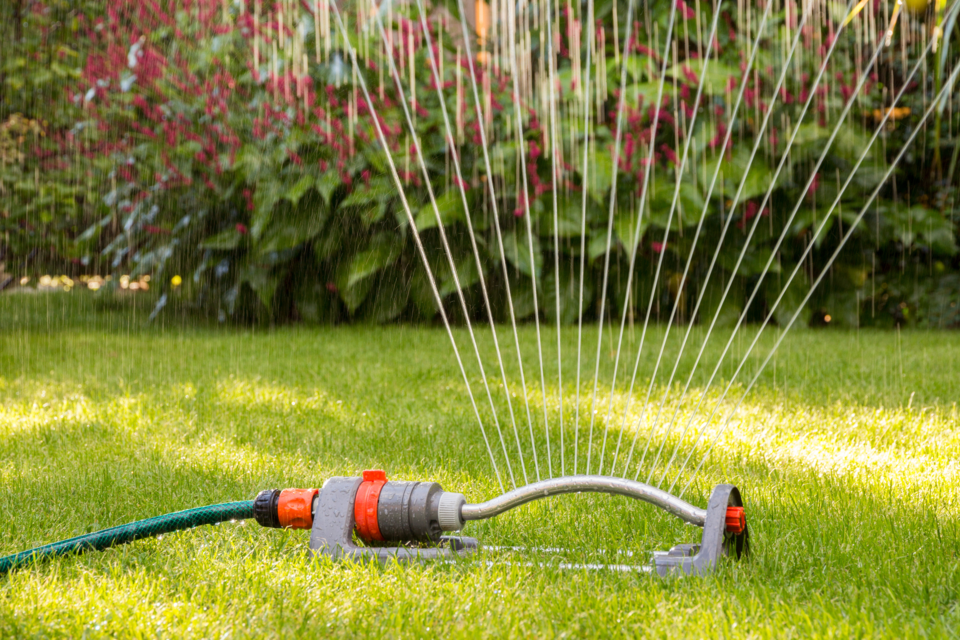Whether to water grass in the summer is a matter of balancing environmental responsibility with the desire for lush, green lawns.
On one hand, the aesthetic and recreational benefits of well-maintained lawns are undeniable. Green spaces provide a cool retreat from the heat, contribute to biodiversity and enhance property values. For many, a vibrant lawn is a source of pride and a space for family activities.
However, watering grass in the summer poses significant environmental and ethical considerations. Overuse of the precious resource for lawn maintenance can deplete local water supplies, strain infrastructure and contribute to water scarcity. This is especially problematic in areas where water conservation measures are already in place.
From an environmental perspective, there are also concerns about chemicals often used in conjunction with lawn care, such as fertilizers and pesticides. These can run off into waterways, causing pollution and harming aquatic life. Furthermore, maintaining a green lawn can contribute to a cycle of dependency on water and chemicals, fostering unsustainable practices.
Instead of traditional lawns, consider xeriscaping, which utilizes drought-resistant plants and minimal water. Native grasses, wildflowers and groundcovers can create beautiful landscapes that are adapted to local climates and require less water. Alternatively, letting grass go dormant during the hottest months can be a viable option. Dormant grass is not dead; it is simply conserving resources and will green up again when cooler, wetter weather returns.
The decision to water grass in the summer should be guided by local environmental conditions, the availability of water and a commitment to sustainability. Balancing personal preferences with ecological responsibility can lead to more mindful and beneficial practices for individuals and communities.
Join the Peak’s email list for the top headlines right in your inbox Monday to Friday.




